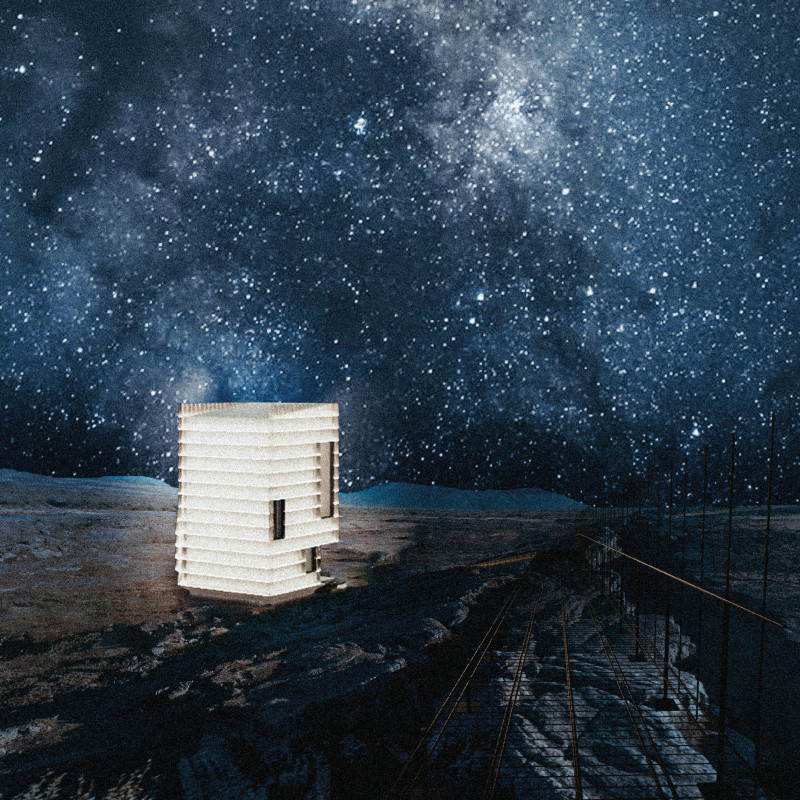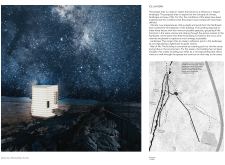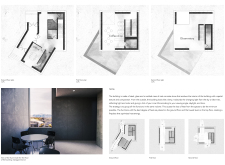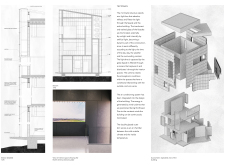5 key facts about this project
This architectural endeavor represents a thoughtful approach to climate-responsive design. The building's form and materials are selected to optimize energy efficiency while addressing the area's environmental challenges, such as low temperatures and harsh winds. The architectural layout prioritizes a connection to the landscape, enhancing the overall visitor experience.
One of the primary functions of the Ice Lantern is to facilitate visitor engagement through various amenities, including a coffee shop, an information center, and observation areas. The architectural design encourages movement and exploration, guiding visitors through interlinked spaces that foster a sense of journey and discovery. The ground floor welcomes guests with essential services, while the upper levels offer panoramic views and introspective areas.
Utilization of materials such as steel, glass, cast concrete stone, and double-glazing reinforces the project's commitment to sustainability and aesthetic coherence. The combination of these materials creates a visually engaging structure that maintains functionality in a challenging environment. For example, the use of glass allows for natural light penetration while minimizing heat loss, enhancing the building’s performance throughout various seasonal changes.
Innovative design approaches set the Ice Lantern apart from other architectural projects in the region. The facility incorporates renewable energy generation through strategically placed wind turbines, reflecting a commitment to sustainability. Additionally, the building's structural arrangement embraces the natural topography, creating a fluid interaction between indoor and outdoor experiences.
The project’s distinctive approach to addressing climate and context elevates it beyond conventional architectural solutions. Each element, from spatial dynamics to material choice, is carefully considered to achieve a balance between functionality and ecological responsiveness. This reinforces the project's intention to act as both a guide in the natural landscape and a hub for visitors seeking to explore local attractions.
For a deeper understanding of the Ice Lantern project, readers are encouraged to explore the architectural plans, sections, designs, and ideas presented. Engaging with these materials will provide comprehensive insights into the thoughtful execution of this project.


























